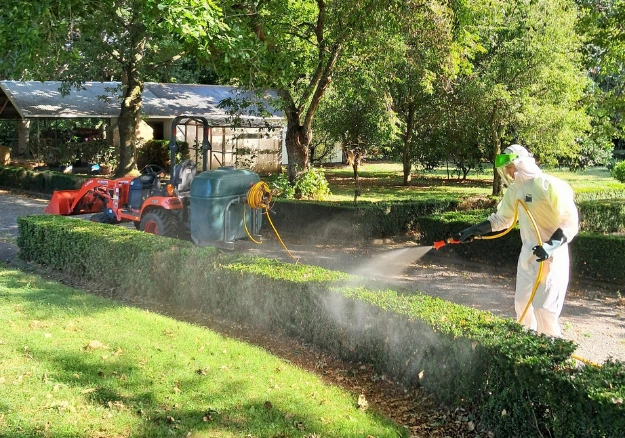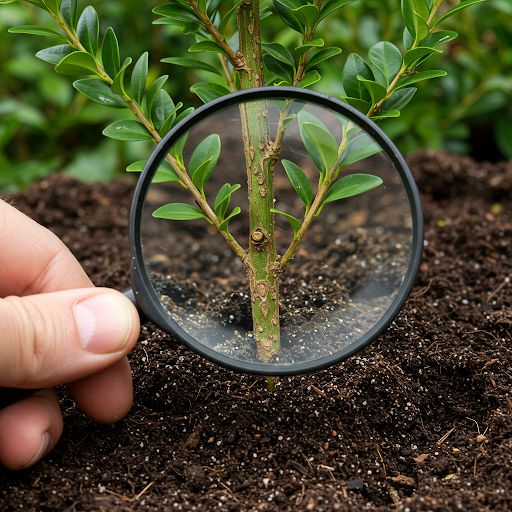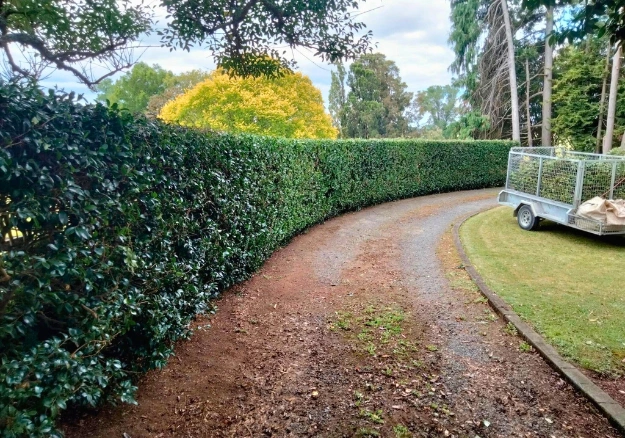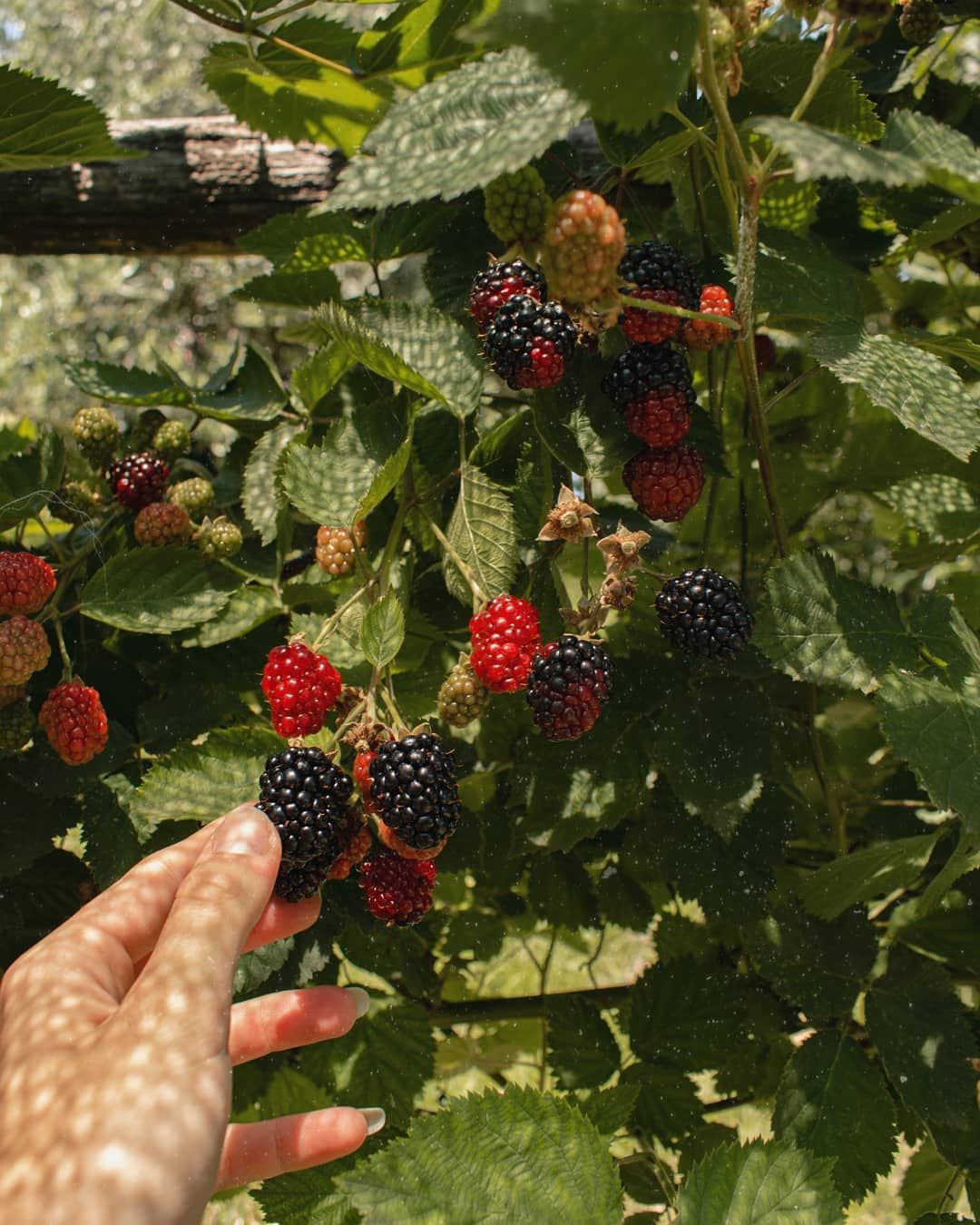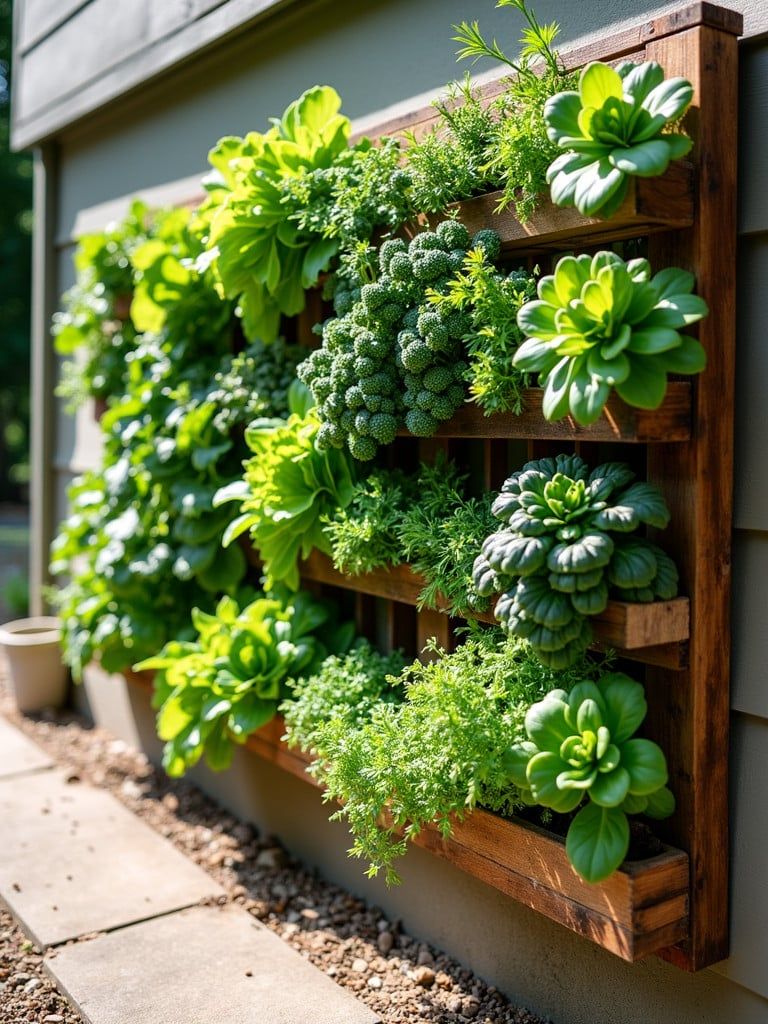A well-kept outdoor space enhances the overall appeal of any home or property. A lush, green lawn and a thriving garden create a relaxing environment while improving the value of your property. Proper maintenance involves a combination of regular care, seasonal tasks, and expert techniques to ensure the best results.
In this guide, we will explore the best practices for keeping your outdoor space in top condition. Whether you handle the upkeep yourself or seek professional assistance, these insights will help you maintain a vibrant and healthy environment year-round.
1. The Importance of Outdoor Space Maintenance
Taking care of your lawn and garden offers several benefits, such as:
- Enhancing curb appeal and making a great first impression
- Supporting environmental health by improving air quality
- Providing a relaxing space for outdoor activities and gatherings
- Preventing soil erosion and maintaining a balanced ecosystem
- Encouraging wildlife and plant diversity
2. Best Practices for Lawn Maintenance
A well-maintained lawn requires consistency and proper techniques. Here are some key steps to follow:
a) Mowing the Right Way
- Keep your grass at an optimal height to promote strong root growth.
- Sharpen mower blades regularly to prevent damage to grass.
- Adjust mowing frequency based on seasonal changes.
b) Watering Wisely
- Water deeply but less frequently to encourage deep root growth.
- Use irrigation systems for efficient water distribution.
- Water early in the morning or late in the evening to minimize evaporation.
c) Nourishing the Soil
- Test soil composition to determine nutrient needs.
- Apply organic or slow-release fertilizers seasonally.
- Use compost to improve soil quality and microbial health.
d) Preventing and Managing Weeds
- Apply natural or pre-emergent treatments to reduce weed growth.
- Keep your grass thick to crowd out unwanted plants.
- Hand-pull weeds or use selective treatments for persistent growth.
3. Garden Care Essentials
A well-planned garden requires attention to soil health, plant selection, and overall care.
a) Choosing the Best Plants
- Opt for climate-appropriate plants to ensure easy maintenance.
- Organize plants according to their light and water requirements.
- Incorporate a variety of plants to promote biodiversity.
b) Maintaining Healthy Soil
- Use mulch to retain moisture and suppress weeds.
- Rotate plants annually to maintain soil health.
- Enhance soil with compost and natural fertilizers.
c) Effective Watering Strategies
- Collect rainwater for cost-effective irrigation.
- Ensure proper drainage to prevent root rot.
- Use soaker hoses for efficient and deep watering.
d) Protecting Against Pests and Diseases
- Introduce beneficial insects to control harmful pests.
- Remove diseased plants promptly to prevent spread.
- Use organic treatments for sustainable pest control.
4. Seasonal Outdoor Care Guide
Your maintenance routine should adjust with the seasons for the best results.
Spring
- Aerate soil to allow better oxygen absorption.
- Start fertilizing and reseeding any thin patches.
- Trim trees and shrubs to encourage new growth.
Summer
- Mow at a higher level to protect against heat stress.
- Increase watering during dry spells.
- Apply mulch to conserve moisture.
Fall
- Rake leaves to prevent lawn suffocation.
- Apply fertilizers that strengthen roots before winter.
- Plant new perennials for springtime blooms.
Winter
- Protect delicate plants from frost and cold temperatures.
- Reduce watering but ensure deep hydration before freezing weather.
- Plan future landscaping projects.
5. Benefits of Professional Outdoor Maintenance Services
If you prefer expert care, hiring a professional can save time and effort. Some advantages include:
- Expert analysis to diagnose soil and plant health.
- Specialized equipment for effective maintenance.
- Sustainable methods for long-term lawn and garden health.
- Regular monitoring to prevent future issues.
6. Finding the Right Maintenance Service
When selecting a professional service, consider:
- Reputation and experience – Look for positive customer reviews.
- Service offerings – Ensure they meet your specific needs.
- Pricing and transparency – Compare costs and avoid hidden fees.
- Sustainability commitment – Choose eco-friendly providers.
- Customer support – Reliable communication is key.
Conclusion
Taking care of your outdoor space enhances its beauty, longevity, and functionality. Whether you manage maintenance on your own or hire professionals, following these best practices will ensure a thriving and inviting environment.
A healthy lawn and garden require consistent care, but the effort pays off in the form of a serene and attractive outdoor space. Start implementing these strategies today to enjoy a vibrant and flourishing landscape!

